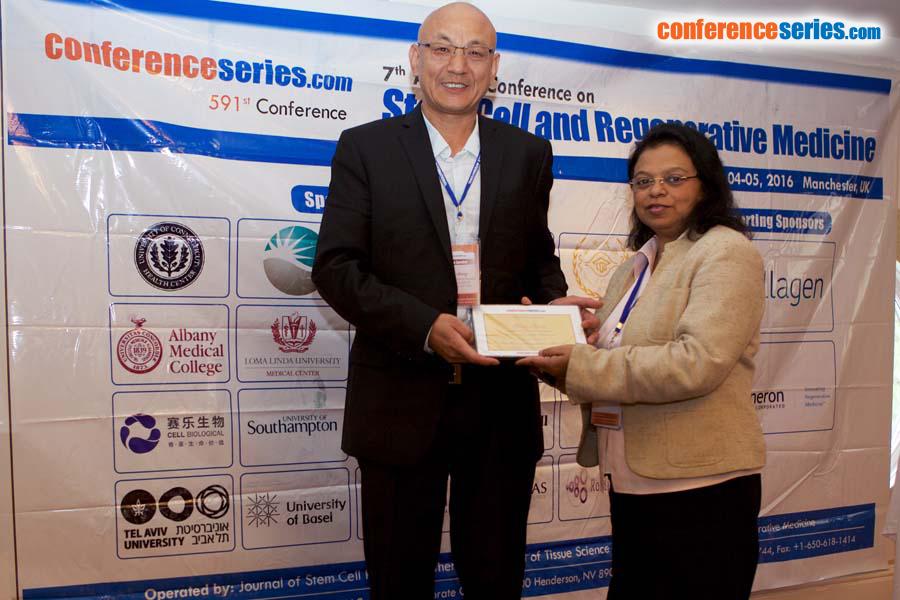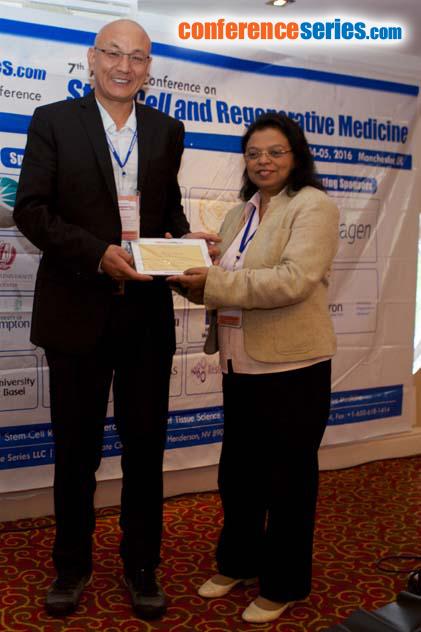
Gang zhang
Interventional Hospital of Shandong Red Cross Society and Cell Biotechnology Co. Ltd, China
Title: Using ‘Mouse Clone Model’ to open the door for human iPSC therapy
Biography
Biography: Gang zhang
Abstract
IPSC is one of the most astonishing accomplishments at the 21st century. It not only laid the foundation for the research of reprogramming, but also provided priceless sources for stem cell therapy. However, could iPSCs eventually be adapted into clinical therapy? It is well known that pluripotent stem cells, including ESCs and iPSCs can form tumors and also result in immune rejection. So far, it is uncertain whether tumor-formation and immune-rejection resulted from immune-deficient recipient mice or the donor stem cells. To overcome this confusion, we designed a new mouse model, called “Mouse Clone Model”. This method grants us the ability to generate a grand population of cloned mice and each of them would be originated from the same ICM. When we use them as donors for iPSCs, they would be the same with the original donor ESCs. As a result, we can theoretically perform stem cell transplantation between iPSCs and these mice could mimic the transplantation of iPSCs from the patients into themselves. Our “Mouse Clone Model” has several advantages. Firstly, we can test immunorejection of iPSCs and various tissue specific stem cells. Secondly, we can assess the tumor formation of iPSCs and other stem cell lines. Finally but not lastly, we can investigate the appropriate stages of different stem cells for transplantation. We suggest the stem cell researchers all over the world to investigate the applicability of iPSCs and tissue specific stem cells for therapeutic applications and take advantage of this model.




